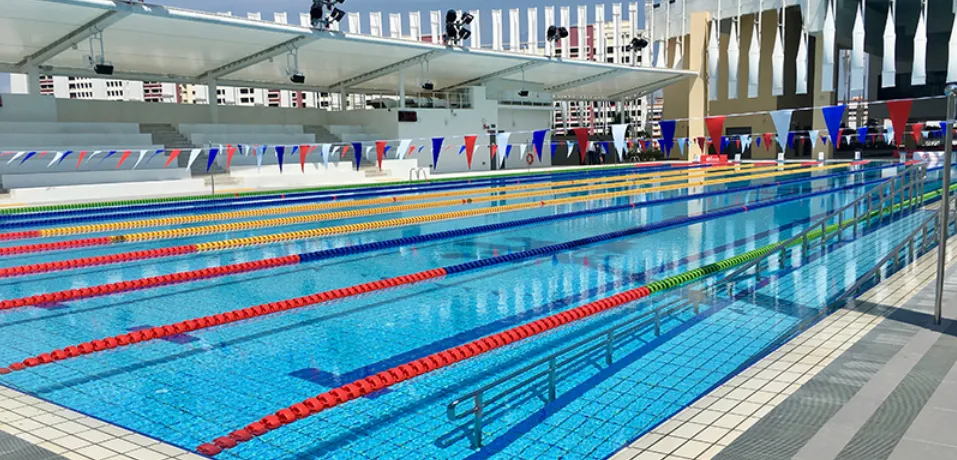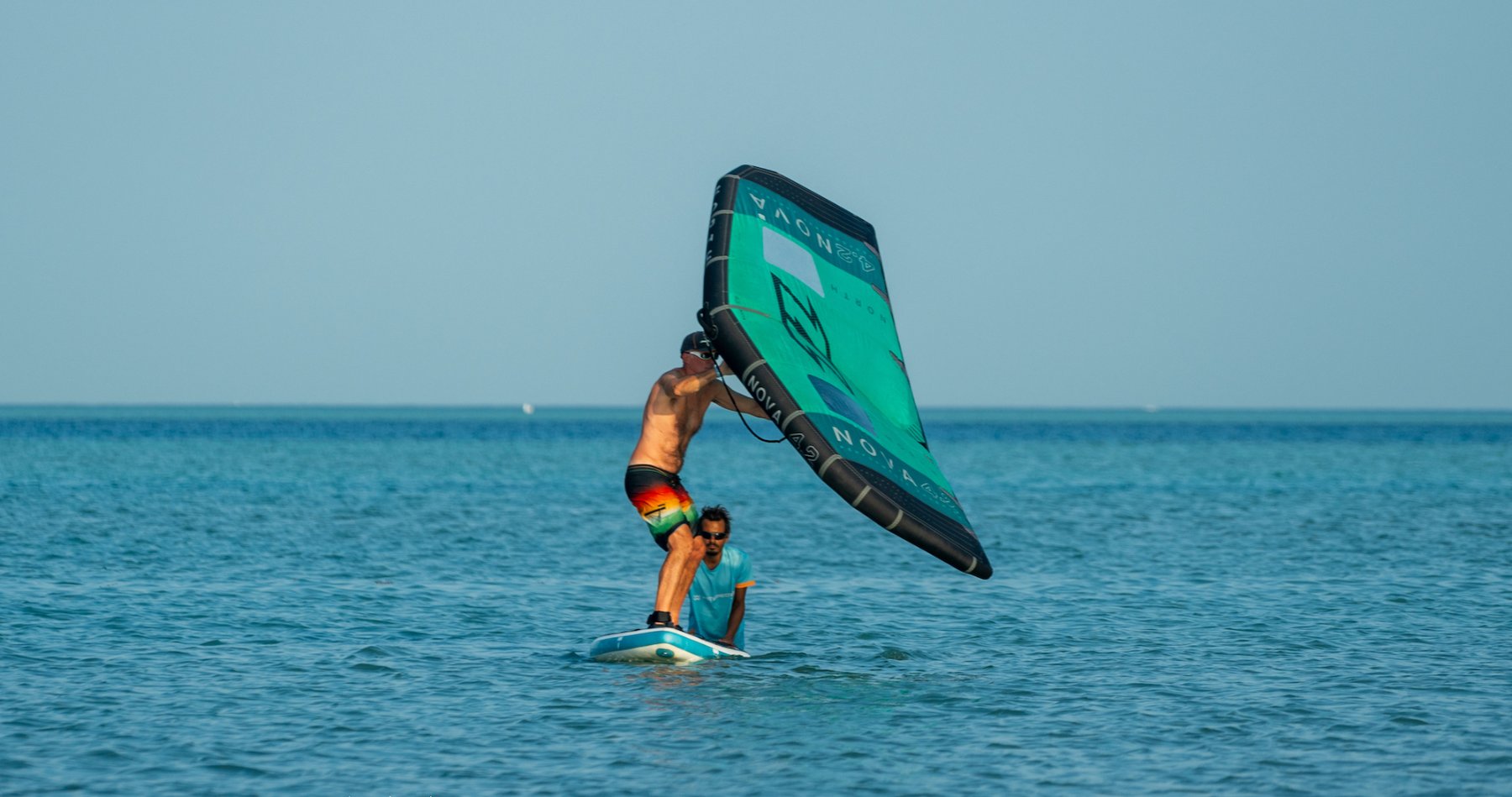Physical Therapy Continuing Education: Rehabilitation Post ACL Reconstruction (Hamstring Graft)
Physical Therapy Continuing Education: Rehabilitation Post ACL Reconstruction (Hamstring Graft)
 ACL reconstruction surgery that use the hamstring graft are more commonly found these days than they use to be. One of the reasons is that their Physical Therapy rehabilitation is often easier than it is with a patella tendon graft.
ACL reconstruction surgery that use the hamstring graft are more commonly found these days than they use to be. One of the reasons is that their Physical Therapy rehabilitation is often easier than it is with a patella tendon graft.
We recently interviewed a orthopedic surgeon about this topic. Here are some of the questions & answers:
Interviewer: Well, let’s switch gears a little bit and talk a little bit more about rehabilitation following the surgery. Are there any special considerations that one should be aware of with rehabbing a hamstring graft ACL?
ACL Surgeon: Earlier on we actually went a little bit slower with the hamstring. That’s not the case anymore with better fixation. The consideration with any rehabilitation is you want an excellent physical therapist. Very important and very key and we found that to be true with the rehabilitation after an ACL, that people get started early. They start their motion early, and get going with the graft.
One of the considerations with the hamstring is that they have to just lay back a little bit off any of the heavy strengthening of the hamstrings, allowing the tissues of the hamstrings to still heal after taking the hamstring graft. So, we try to avoid some of the heavier loads on the hamstring.
Other than that a lot of the focus is on the quadriceps and on the gluteus muscles, and so we get to going with that early. I’m a big believer in getting on the indoor stationary bicycle and then progressing outside, as that is a great strengthening type of activity and has minimal stress on the graft.
So, the considerations with the hamstring are just a bit different than the patellar tendon but not much, and rehabilitation really is not slowed down any by using the hamstring.
Interviewer: Gotcha. Are then any issues with the potential for prolonged hamstring weakness following this type of procedure?
ACL Surgeon: That’s an excellent point, and that is one of the proposed drawbacks of using the hamstring, is that there are studies that show that there may be some weakness. They did strength testing after six months. And it may even out after a year or two years. But, even then there may be some, but clinically most people don’t notice it, even if there is when you do test that in the lab.
So, that is something that people work on and people do tend to get back. If there is one drawback of the hamstring, that may be the one thing. That there may be some residual hamstring strength deficit even though it is small and most people are not going to notice it.
Interviewer: Very good. So, I got another question just out of my own curiosity. Now as a therapist, I know that the patient regularly follows up with you typically 10 days to two weeks, roundabout the six week mark, and the three month mark. What do you look for in those visits?
ACL Surgeon: Critical early on is getting the full extension after the surgery. We make sure that they can gain their full extension. If the patients don’t gain that early on then it’s very difficult to gain it later, so early on I want to emphasize that.
We want to emphasize getting the quad activated and emphasize the swelling be decreased. With time, at the six week mark we want to see good motion both in extension and flexion, and I want to see the quadriceps again coming along, gaining strength, and really building up muscles.
And then at the three month even more so, that all these factors are critically important, and the motion should have already been there by three months. Then at that point we’re really looking at how their strength is.
Then it’s going to be, over the months after that, is gaining that strength and endurance and then the neuromuscular ability to go back to a sport and more functional type activities, and that’s where the rehabilitation specialist, specifically the physical therapist, along with maybe the athletic trainer, works on returning the person to sport.



